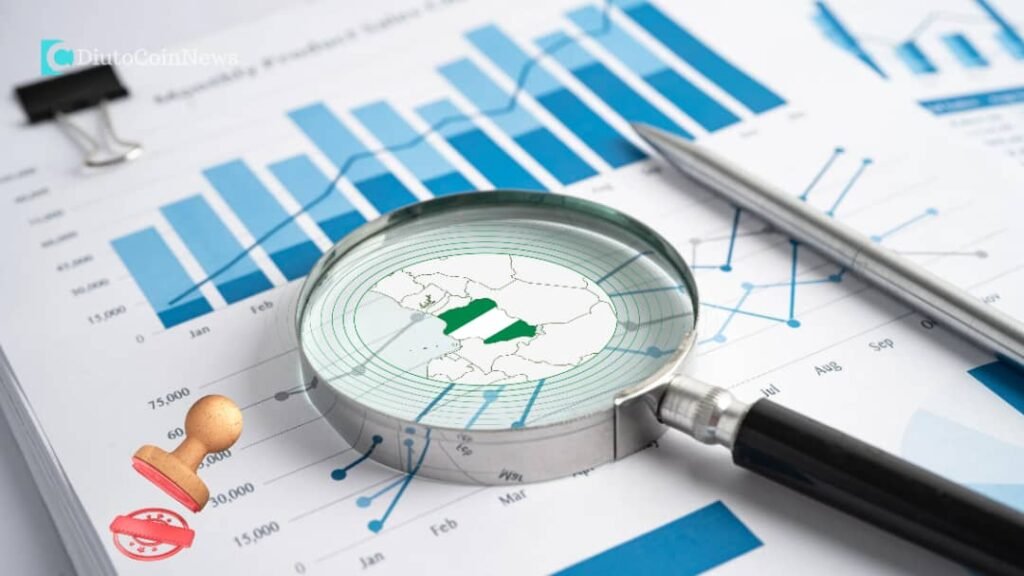INTRODUCTION
The internet has changed the world in ways no one could have imagined. From simple web pages in the early days to the rise of social media and e-commerce, each phase of the internet’s evolution has transformed how we communicate, do business, and share information. Now, we stand at the brink of another major shift—Web3.
WEB3 represents a new era of the internet, powered by blockchain technology, decentralization, and digital ownership.
Unlike today’s internet (Web2), where large corporations control most platforms and user data, Web3 aims to return control to individuals.
To fully grasp Web3, we need to explore how the internet evolved, what blockchains are, and how decentralization changes everything.
The Evolution of the Internet: Web1 → Web2 → Web3
To understand Web3, we need to look at how the internet has evolved over the years.
Web1: The Read-Only Web (1991 – Early 2000s)
The first version of the internet, Web1, was mainly a collection of static web pages. There were no social media platforms, no interactive content, and no personalized experiences. It was like an online encyclopedia—you could read information, but you couldn’t actively contribute.
♦ Websites were simple and text-heavy.
♦ There was no user-generated content (no blogs, no comments, no social networking).
♦ Limited interactivity—users could only consume content, not engage with it.
Web2: The Social & Interactive Web (2004 – Present)
Web2 brought a huge transformation. With the rise of social media, blogs, and content-sharing platforms, the internet became interactive. Users could now create, share, and engage with content.
♦ The rise of Facebook, YouTube, Twitter, and Instagram enabled global conversations.
♦ E-commerce exploded with platforms like Amazon and Shopify.
♦ Content creation became accessible (blogging, video streaming, online courses).
♦ Mobile apps, cloud computing, and AI-powered recommendations made the web smarter and more personalized.
However, Web2 had a major downside: big tech companies took control. Google, Facebook, and other corporations collected massive amounts of user data, monetizing it through ads and analytics. Users could create content but didn’t fully own it, and platforms could delete accounts, restrict access, or censor content.
Web3: The Decentralized & Ownership-Based Web (Now & Future)
Web3 is the next phase—a decentralized internet where users have more control over their data, identity, and digital assets. Instead of relying on centralized companies, Web3 is built on blockchains, smart contracts, and peer-to-peer networks.
Key differences from Web2:
° Decentralized – No single company owns or controls everything.
° User ownership – You own your data, digital assets, and identity.
° Blockchain-based – Transactions and applications run on a transparent, tamper-proof system.
° Token-driven economy – Digital tokens (cryptocurrencies, NFTs) create new economic models.
Web3 is designed to fix Web2’s problems by removing middlemen, enhancing privacy, and empowering individuals.
Blockchain: The Foundation of Web3
At the core of Web3 is blockchain technology. But what exactly is a blockchain?
Understanding Blockchain
A blockchain is a digital ledger that records transactions securely and transparently. Unlike traditional databases controlled by companies, blockchains operate on a peer-to-peer network—meaning multiple computers worldwide maintain the ledger together, rather than one company storing it.
Think of a blockchain as a digital notebook where:
✓ Every transaction is recorded permanently—no one can erase or alter it.
✓ Multiple people (nodes) verify each transaction—ensuring accuracy and preventing fraud.
✓ No single person owns the notebook—it’s shared among thousands of users.
Key Features of Blockchain
1. Decentralization – No company or government has full control.
2. Transparency – All transactions are visible to anyone on the network.
3. Security & Immutability – Once data is recorded, it cannot be changed or deleted.
Blockchains power cryptocurrencies, smart contracts, and decentralized applications, all of which make Web3 possible.
Core Components of Web3
Web3 introduces several new technologies and concepts that set it apart from the traditional internet.
1. Decentralized Applications (dApps)
dApps are applications that run on a blockchain instead of centralized servers. Unlike apps in Web2 (like Facebook or Twitter), dApps:
° Don’t rely on a single company to function.
° Are censorship-resistant—no one can take them down.
° Use smart contracts to automate processes without intermediaries.
Example: Uniswap, a decentralized finance platform, allows users to trade cryptocurrencies without a bank or middleman.
2. Smart Contracts
A smart contract is a self-executing contract written in code. When certain conditions are met, the contract automatically executes actions, removing the need for intermediaries.
Example: In Web2, selling a house requires banks, lawyers, and paperwork. In Web3, a smart contract could automate the process—once payment is made, ownership is transferred instantly without middlemen.
3. Decentralized Finance (DeFi)
DeFi refers to financial services that operate on blockchain technology, eliminating traditional banks and financial institutions.
With DeFi, people can:
° Borrow and lend money without a bank.
° Trade cryptocurrencies on decentralized exchanges.
° Earn interest by staking or providing liquidity.
Platforms like Aave and Uniswap offer DeFi services, enabling global financial access without restrictions.
4. Non-Fungible Tokens (NFTs)
NFTs are unique digital assets that represent ownership of items like art, music, or virtual land. Unlike cryptocurrencies (which are interchangeable), NFTs are one-of-a-kind.
Example: A digital artist can sell their artwork as an NFT on platforms like OpenSea, ensuring they get royalties on every resale—something traditional art sales don’t offer.
Challenges of Web3
While Web3 has exciting potential, it’s still in development and faces several challenges:
1. Scalability Issues
Blockchains struggle with speed and efficiency compared to centralized databases. Transactions can be slow and expensive, but Layer 2 solutions (like Ethereum’s Optimistic Rollups) are being developed to improve this.
2. Regulatory Uncertainty
Governments are still figuring out how to regulate cryptocurrencies and decentralized applications, leading to legal gray areas and potential restrictions.
3. User Experience
Web3 applications are still complex for beginners. Setting up crypto wallets, managing private keys, and using dApps can be intimidating. Improvements in UX design are needed for mass adoption.
4. Environmental Concerns
Some blockchains (like Bitcoin) use energy-intensive Proof-of-Work (PoW) mechanisms. However, newer models like Proof-of-Stake (PoS) (used by Ethereum) are more eco-friendly.
The Future of Web3
Web3 is still in its early stages, but its impact is already visible in:
° Finance (DeFi, crypto payments).
° Gaming (play-to-earn models, metaverse economies).
° Art & Content Creation (NFTs, decentralized social media).
As Web3 grows, it may coexist with Web2 or eventually replace parts of it. The key takeaway? Web3 gives users more control, privacy, and ownership over their digital lives.
Final Thoughts
Web3 is more than just a trend—it’s a shift in how the internet operates. While it faces challenges, its potential to empower individuals, remove middlemen, and reshape digital interactions makes it one of the most exciting technological revolutions of our time.
Are you ready for the decentralized future?
Discover more from DiutoCoinNews
Subscribe to get the latest posts sent to your email.












